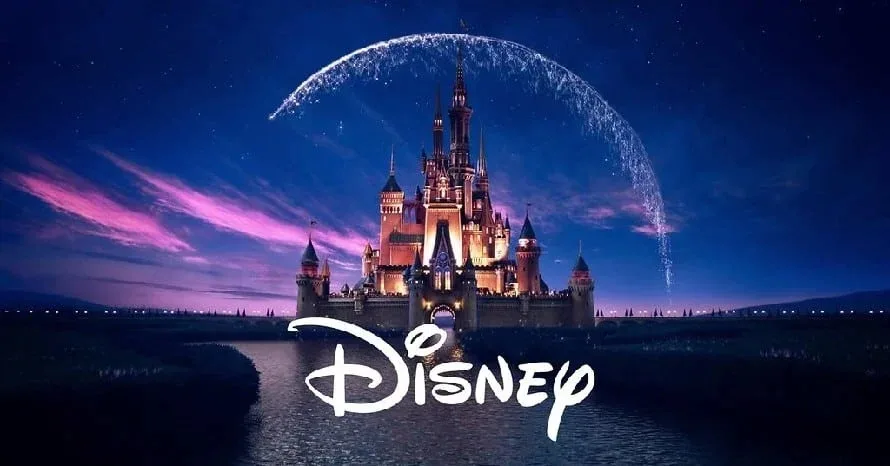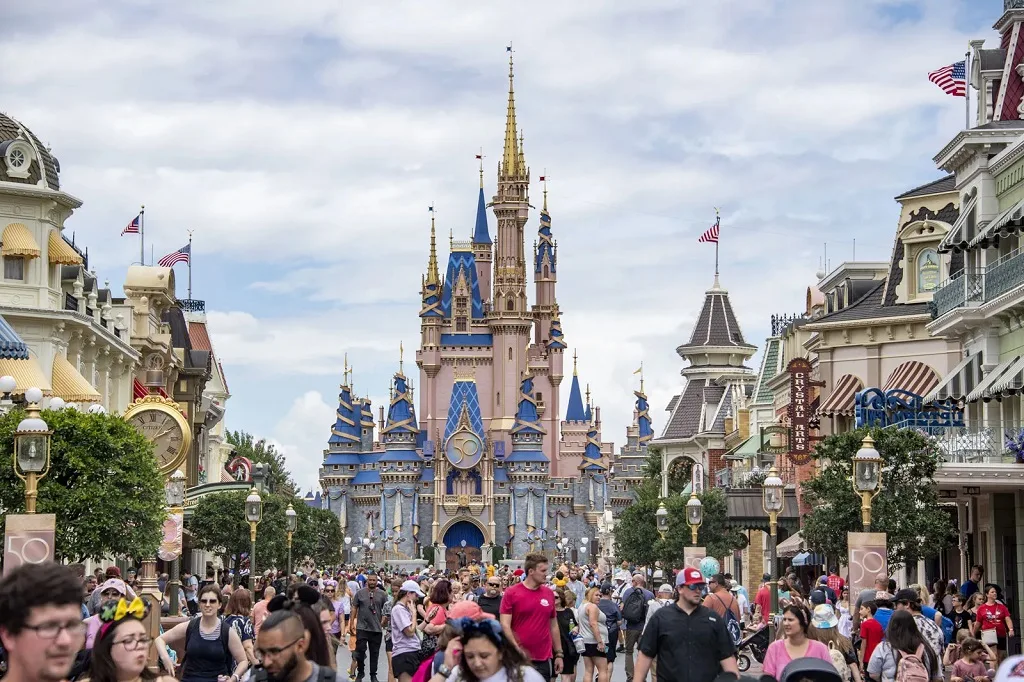
The Success Story of Walt Disney
Walt Disney, a name synonymous with imagination, creativity, and entertainment, founded one of the most iconic companies in the world. The Walt Disney Company, often simply referred to as Disney, was established in 1923 by Walt Disney and his brother Roy O. Disney. Initially formed as the Disney Brothers Studio, the company has evolved into a global entertainment giant. Headquartered in Burbank, California, Disney is a diversified multinational mass media and entertainment conglomerate. From its humble beginnings, Disney has grown into a leading player in various sectors, including television, film, theme parks, and more.
Today, Disney operates under various segments such as Media Networks, Parks, Experiences and Products, Studio Entertainment, and Direct-to-Consumer & International. Each segment plays a crucial role in the company’s overall success and global reach. Disney’s portfolio includes renowned brands like Pixar, Marvel, Lucasfilm, and 20th Century Fox, which contribute to its vast array of content and experiences. This diversification not only solidifies Disney’s position in the entertainment industry but also ensures its continuous relevance and adaptability in an ever-changing market.
How It All Started
Walt Disney’s journey began with a simple yet profound idea: to create stories that would entertain and inspire. In the early 1920s, Walt Disney moved to California with dreams of becoming a director. Partnering with his brother Roy, Walt established the Disney Brothers Studio. The duo’s first major success came with the creation of Mickey Mouse, a character that would soon become a cultural icon. Mickey’s debut in the 1928 animated short film “Steamboat Willie” marked the beginning of Disney’s rise to fame.
Building on the success of Mickey Mouse, Disney expanded into feature-length animated films. “Snow White and the Seven Dwarfs,” released in 1937, was the first-ever full-length animated feature and a major box office success. This groundbreaking film set the stage for Disney’s future in animation, paving the way for classics like “Cinderella,” “Sleeping Beauty,” and “The Lion King.” Walt’s vision and innovation were the driving forces behind the company’s early successes, establishing Disney as a pioneer in the world of animation.
Challenges Faced
Despite its success, The Walt Disney Company faced numerous challenges throughout its history. During the 1940s, the company encountered financial difficulties, largely due to the impact of World War II. The war disrupted the global distribution of Disney films, leading to a significant decline in revenue. Additionally, a labor strike in 1941 by Disney animators created internal turmoil, further straining the company’s finances and morale.
The 1970s and 1980s brought new challenges as Disney struggled to adapt to changing consumer tastes and competition from emerging entertainment companies. The company faced a period of creative stagnation, and its animation studio’s output was considered lackluster compared to earlier successes. This decline led to internal conflicts and concerns about the company’s future direction and leadership.
In the late 1990s and early 2000s, Disney faced controversies and criticisms over its business practices, including disputes with partners and issues related to intellectual property rights. These challenges tested the company’s resilience and adaptability, forcing Disney to reassess its strategies and approach to business.

Overcoming Challenges
To overcome these challenges, Disney adopted a multifaceted approach. During the financial struggles of the 1940s, Walt Disney diversified the company’s income streams by venturing into live-action films, television, and theme parks. The opening of Disneyland in 1955 marked a significant milestone, creating a new revenue model and cementing Disney’s place in the entertainment industry.
The company underwent a significant transformation in the 1980s with the appointment of Michael Eisner as CEO. Under his leadership, Disney revitalized its film division, leading to the “Disney Renaissance,” a period marked by successful animated films like “The Little Mermaid,” “Beauty and the Beast,” and “Aladdin.” This era reinvigorated Disney’s brand and reestablished its dominance in animation.
Disney also focused on strategic acquisitions to expand its content and reach. The acquisitions of Pixar, Marvel, Lucasfilm, and 20th Century Fox brought new intellectual properties under Disney’s umbrella, allowing the company to produce a wide range of successful films and television shows. These acquisitions also provided Disney with a competitive edge in the entertainment industry.
The launch of Disney+ in 2019 marked a significant shift towards direct-to-consumer streaming, allowing Disney to capitalize on the growing demand for online content. This move not only positioned Disney as a formidable player in the streaming industry but also ensured its relevance in a digital age where consumer viewing habits are constantly evolving.
The Legacy of Disney
The legacy of The Walt Disney Company is one of innovation, creativity, and enduring influence. Disney’s commitment to storytelling and quality entertainment has made it a beloved brand across generations. The company’s theme parks, known as the “Happiest Place on Earth,” continue to attract millions of visitors each year, offering immersive experiences that bring Disney’s stories to life.
Disney’s impact extends beyond entertainment. The company has become a cultural icon, influencing various aspects of popular culture, from fashion and merchandise to technology and media. Disney’s characters and stories have become ingrained in the global consciousness, shaping childhoods and inspiring people of all ages.
As Disney continues to innovate and expand, its legacy remains rooted in the values and vision of its founder, Walt Disney. The company’s ability to adapt to changing times while staying true to its core mission of bringing joy and wonder to audiences worldwide ensures that Disney will continue to thrive for generations to come.
